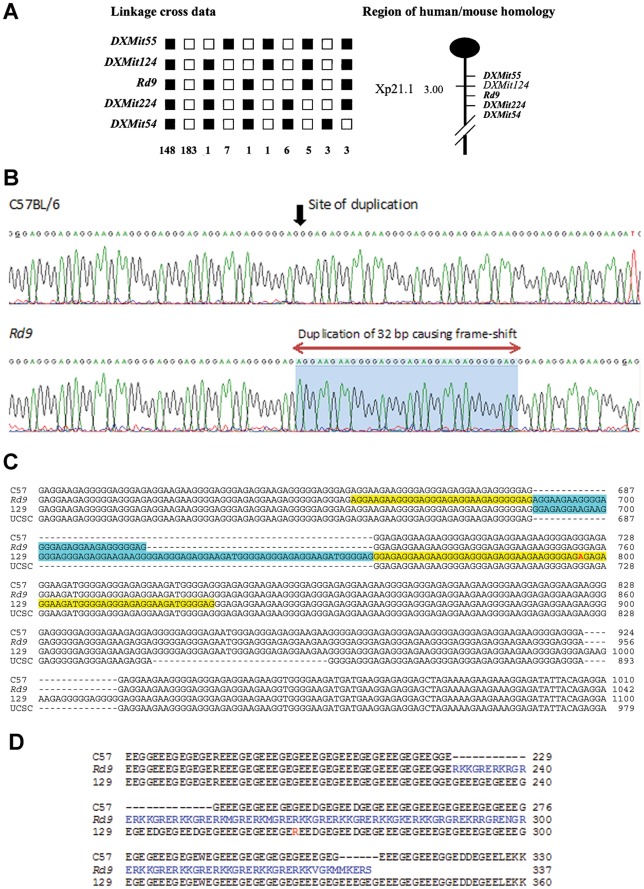Figure 1. Identification of the genetic defect on the X-chromosome in Rd9 mice.
A) Haplotype analysis showing the segregation patterns of Rd9 and flanking markers in (CAST/Rd9)F1 x B6 backcrosses generating 364 meioses. Each column represents the chromosome inherited by a group of backcross progeny, with black boxes representing BB homozygotes and white boxes denoting BC heterozygotes for a given locus. The number of offspring that inherited the haplotype of that region of the X Chromosome is listed at the bottom of each column. Also shown is the partial chromosome linkage map with the positions of Rd9 and its flanking markers. B) Chromatograms showing partial genomic sequence of Rpgr-ORF15 in B6 and Rd9 mice, showing the location of a 32 bp duplication in the Rd9 strain. The precise location is difficult to define because of the highly repetitive nature of the sequence. C) Comparison of Rpgr-ORF15 genomic sequences of B6, Rd9, and 129/SvJ mice determined by DNA sequence analysis and aligned using ClustalW2. The B6 genomic sequence of Rpgr-ORF15 from the UCSC genome browser is also included. Additional tandem duplications found in the Rd9 and 129/SvJ sequences are highlighted in yellow and blue. D) Alignment of Rpgr-ORF15 amino acid sequences derived by translation of the B6, Rd9, and 129/SvJ genomic sequences, and the sequence of B6 from the UCSC Genome Browser. The sequences were aligned using ClustalW2.

